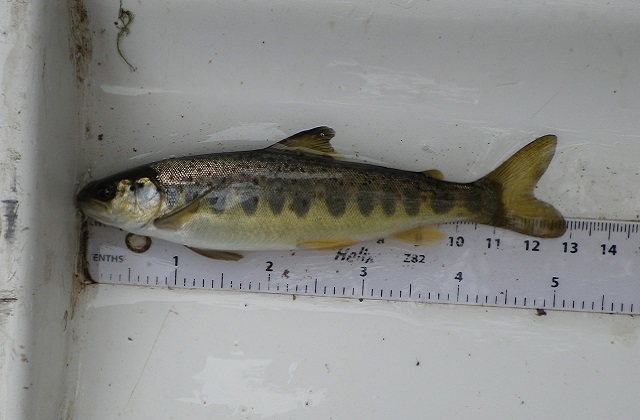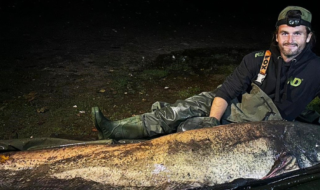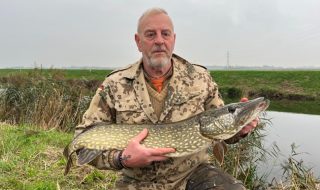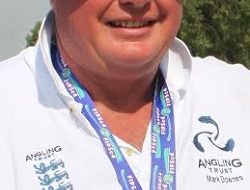Fish conservationists are raising a glass at the news that young salmon have been spotted at the River Derwent at Shortley Bridge for the first time since King Goerge I banned the then Prince of Wales from the Royal household in 1717 over a row at a christening.
And not just one either – over 30 juvenile salmon were captured during routine fish pass sampling in Consett by the Environment Agency, who say its the first time the salmon have come up the river to spawn this distance since the Industrial Revolution led to a number of large weird getting in their way.
The EA says that a quarter of a million pounds has been spent in the last ten years on building fish passes at four key weirs, with the specific target of allowing migrating fish like salmon to reach traditional spawning grounds.
The latest, built a year ago at Lintzford in a partnership project between the Environment Agency, Tyne Rivers Trust and Esh Group, was immediately successful, with adult fish seen using it within hours of its completion.
As well as juveniles caught during sampling upstream at Shotley Bridge, the Environment Agency also found record high numbers of juveniles at three other locations downstream. The find is this being heralded as a huge success.
The Environment Agency’s Phil Rippon, Fisheries Technical Specialist, said: “The presence of young salmon this far upstream has shown the immediate impact and success of the new fish pass. To find them so soon after the completion of the pass and during a single routine survey shows that significant numbers have spawned upstream.
“It’s also likely that many more sea trout and brown trout will also have been able to access their historical spawning grounds. This is great news for the River Derwent.
“We’ve worked really hard together with our partners over the years to make dramatic improvements to water quality right across the country. But there’s always more we can do and opening up our rivers to fish migration is vital for future biodiversity and river health.”
Efforts have now started to build a fish pass at the only remaining large weir on the Derwent, further upstream at Shotley Grove, which may date from the 14th Century.
The Environment Agency and Tyne Rivers Trust have completed preliminary design work for a fish pass, and are now seeking funding to cover the estimated building costs of £275,000.
Douglas Phillips, Operations Director for Tyne Rivers Trust, added: “With more funding the Derwent could become a fantastic example of how intervention on a whole river system can improve spawning rates and the health of the river as a whole.”
• The Environment Agency is committed to restoring salmon stocks in England with its ‘Salmon Five Point Approach’. The ‘Approach’, which was launched in 2015 by the Environment Agency, government and its partners, aims to stabilise and recover salmon stocks to safeguard future populations.
• As part of the ‘Salmon Five Point Approach’, the Environment Agency is carrying out an initial consultation on the proposed options to control the exploitation of salmon from our coasts and rivers in England and on the Border Esk. The consultation sets out high level actions that tackle various factors which affect salmon throughout their life cycle, including tackling water quality and water flow issues, barriers to migration and impacts in the marine environment, as well as further reducing exploitation by salmon fisheries. https://consult.environment-agency.gov.uk/fisheries/managing-salmon-net-and-rod-fisheries






